Creating Your Business Blueprint
So, you're ready to start your business. You've bought the kit, watched and read all the training, started making connections with others in the community. Time for the cash to start rolling in, right? WRONG!
I'm not saying you won't make money. I'm not saying you won't make AMAZING money. But ... do you have a business plan? Probably not, because the truth is, business plans are HARD to make. Coming from someone who has done a few, and revised them, and then applied them to a cash flow projections, and then revised some more ... you get the point. It's a lot of work. Truthfully, I only did it because I HAD to. I certainly don't have the time to sit and write out a business plan, and if you're anything like me, I expect you don't have the time either. But you can't just jump into it and wish for the best. So, what do you do? I've put together some pointers to create a basic business blueprint, so you're not just going at it with blinders on. So if you're ready to take a *bit* of time (this is a longer blog than usual) and do this the right way, grab a pen and paper so you can jot down your answers to reference later, and keep reading . . .
1. Start with your why. Cliche? Yes. Necessary? Also yes. What is your reason for doing this? Don't worry ... I know you're busy. I don't expect you to come up with an essay or even anything inspirational. Do you need extra money to put food on the table because the cost of living is going up? Do you want a break from your kids? Do you need a hobby? Whatever your reason for starting this, write it down.
2. Who do you want to work with? This step is a bit trickier. I'm not just saying women in their 30's who have disposable income. You need to dig deep. This might take you a bit longer but I promise it's worth the extra effort. The more effort you put into this one, the better you will position yourself to enter the market. Give her a name. What are her interests? What drives her crazy? What are her hopes and dreams, and what keeps her up at night? Does she work? What does she do? Does she have kids? How old and how many? Is she married? What kind of car does she drive? Where does she shop? Who does she hang out with and what does she like to do? I'll give you a hint if you're really struggling - often times, our dream client is a mirror of who we are, or who we want to be.
3. How much do you want to earn in your first year? Second year? Where do you want to be in 5 years, and 10 years? I want you to write at least one realistic goal, one that is a bit of a stretch, and one that would be in your wildest dreams, for each time period mentioned.
4. Time to do some reverse engineering. I'm going to show this as an example and use simple numbers to make this easy. Start by taking your goal for earnings in year 1.
Example: Let's say your goal is to add some extra income to your family, and make $10,000 in year 1.
$10,000 divided by 12 months = $833.33 ... I always round up ... so $835 a month.
$835 divided by 4 weeks = $208.75 ... rounded to $210. Now is where you are going to have to think more about your operations. How many days a week will you be available to work? Let's pretend it's just on weekends, so 2 days.
$210 divided by 2 days = $105 per day.
4a.) How are you pricing your services? Using my current studio pricing, $105 could be one solid gold bracelet, or an anklet with a charm. So, could I do one service Saturday and one service Sunday, to make an extra $10,000 a year? Well, not exactly. We need to take costs into consideration. You cost for product vs. what you sell it for should have a significant gap. The profit margins for permanent jewelry are large. But don't think that there aren't other costs associated with this. DO NOT make the mistake of pricing yourself too low, thinking that you will beat your competition. First of all - you probably won't have competition, because you know who your target client is, and you aren't going to waste your time marketing to anyone else but them. Your 'competition' likely hasn't done this, but even if they have, it won't be the same as you.
Good news and bad news. The good news is that I'm going to make this very easy for you to reverse engineer how to make your goal amount. The bad news is, you do need to do a bit of work to figure out your costs. Not just your material costs, but your card processing fees, your venue/table/booth rental, anything that is directly associated with the sale. All of the other fees we will loosely account for in the next step. If you really want to work on your numbers and be accurate (I highly recommend this, and you can do this as you go, month to month, it doesn't have to be done all at once), check out my All in One Business Tracking Tool. You can use the cost calculation feature on it to help you calculate your cost in order to determine your pricing.
4b.) Determine your cost. You can figure it out to a science, but I did promise you this would be easy. So, let's cheat here a bit. Let's estimate your costs at 50% of your price. This should be an exaggeration, but when it comes to calculating costs, I never worry about exaggerating, because the worst that can happen if I'm off, is that I will profit more. This will only work if you're pricing your services properly, though. So you do need to have a rough idea on price. If you want to run a respectable business that is taken seriously, you shouldn't charge any less than $60 a bracelet. This is still demi-fine jewelry, and a luxury service. We aren't selling stretchy beaded bracelets. We've invested thousands into starting. Don't sell yourself short. Using my pricing of $75 for a silver bracelet, 50% of that would be $37.50. Going back to the reverse engineering from point 3 ... if you need to make $105 a day to reach your goal, you really should double that number, to account for costs. So $210 per day. For me that would be about 3 bracelets.
Imagine only having to do 3 bracelets each day you work (2 days in our example) in order to meet your goal and bring in an extra $10k per year? Now, imagine you have more availability ... how much more money could you make? Break down your amounts using the same formula for years 2, then 5 and 10.
You don't have to plan further than 2 years. I get it, a lot can happen in a year or two. You might be in a totally different place in 5 years. It's irrelevant, because all of this is still going to get you in the mindset of goal setting which in turn will flip a switch inside you and push you to hit those goals.
And that is it for now! See, that wasn't so bad! So to reiterate what you NEED to know before jumping into this new journey:
1. Why you're doing this
2. Who you're doing this for/Your dream client
3. Short term & long term financial goals
4. Reverse engineer the numbers
4a.) Pricing
4b.) Costs
In case you didn't figure it out, all "action" steps, or things you need to figure out, are in bold.
Now, I hope you listened to me when I said to write this all down (if you didn't, that's ok - you can go back and do this later, just don't wait too long!). I want you to stick that bad boy on the wall in front of your desk, or in your journal, or on your bathroom mirror. Anywhere that you will see it every day, so that you can be reminded of why you're doing this, how you're going to do this, and what is going to happen WHEN you do this.
Remember, even if you feel like you're completely alone in your new venture, there's always gonna be someone in your corner, and I've got your back, baby!
-xoxo <3 Marci

1 comment
Hi Marci
Thank you for this. It’s exactely what I need to begin.
You are fantastic.